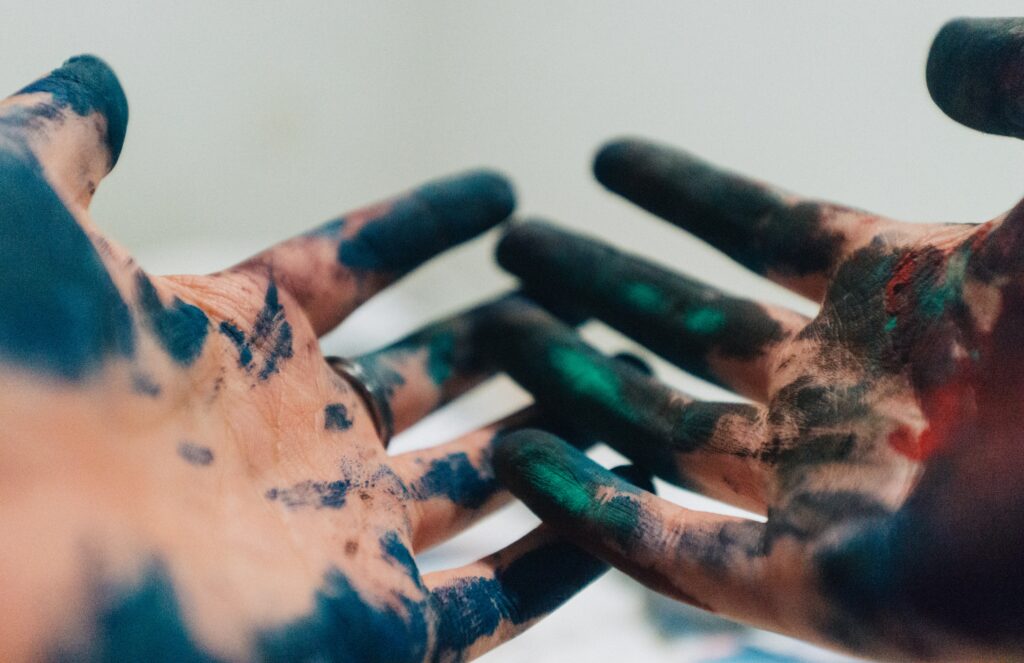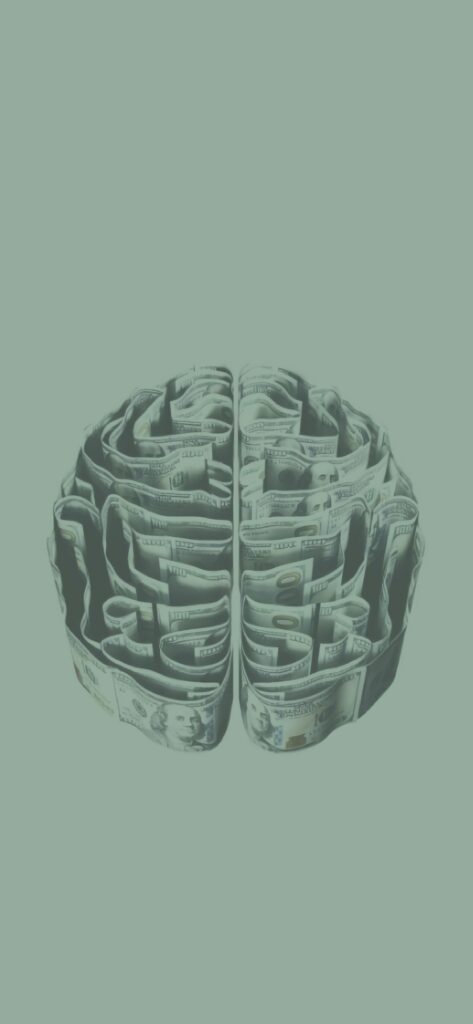To begin, art has always been associated with improving your well-being. However, I actually found it quite challenging to find good, reliable resources about how and why this is. It was actually through an article by the University of Calgary that I was able to find more in-depth journal articles about the topic.

There is so much knowledge and so many amazing resources, it is honestly quite sad I can’t read them all! Below I talk about the most interesting and relevant finding I came across whilst looking into this topic!

Within the past ten years, a new field of research––neuroesthetics––has emerged. They are using brain imaging technology and to support the idea that art helps us not only feel good but also helps humans tap into our emotions. They have found that creating art induces positive mental states by reducing cortisol levels throughout the body. Participants in this study also noted that they felt the physical results of this and were significantly more relaxed and calm after 45 minutes of art-making (Kaimal, 2016).
Mindfulness, recently, has become a big topic of interest, particularly in schools. One study found that creating art generates ideal conditions for mindfulness. Art engages parts of the brain that are not activated when thinking linearly or logically. Visual art in particular aids the conscious shifting of mental states and therefore people who create art regularly are able to shift in and out of mindfulness and flow states and reap the physiological benefits they have (Beerse, 2020).
It is honestly just so interesting to read through the different studies people have conducted. It can be overwhelming sometimes when you are hit with a wall of scientific jargon, but filtering out the most relevant articles and then taking the time to understand the results is worth it and so fascinating. My main takeaway from reading through various articles: the brain is mind-blowing and we subconsciously react to everything in astonishing ways.
References:
Beerse, M. E., Van Lith, T., Pickett, S. M., & Stanwood, G. D.. (2020). Biobehavioral utility of mindfulness-based art therapy: Neurobiological underpinnings and mental health impacts. Experimental Biology and Medicine, 245(2), 122–130. https://doi.org/10.1177/1535370219883634
Brain research shows the Arts Promote Mental Health. News. (2021, April 13). Retrieved October 1, 2021, from https://ucalgary.ca/news/brain-research-shows-arts-promote-mental-health.
Harter, S. L.. (2007). Visual Art Making for Therapist Growth and Self-Care. Journal of Constructivist Psychology, 20(2), 167–182. https://doi.org/10.1080/10720530601074721
Kaimal, G., Ray, K., & Muniz, J.. (2016). Reduction of Cortisol Levels and Participants’ Responses Following Art Making. Art Therapy, 33(2), 74–80. https://doi.org/10.1080/07421656.2016.1166832

Leave a Reply
You must be logged in to post a comment.